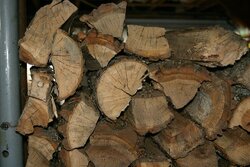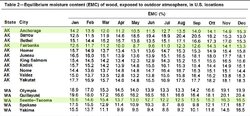onetracker
Minister of Fire
Hunderliggur said:soupy1957 said:"For multiple rows it may be preferable to have the rows parallel to the prevailing wind." (common sense)
"Ideally stack should be elevated a foot or a foot and a half. (Again, Common sense)
"drainage can be important." (duh)
Good basic stuff there.
-Soupy1957
Common Sense - something rarely found in a government document!
..or a corporate one





